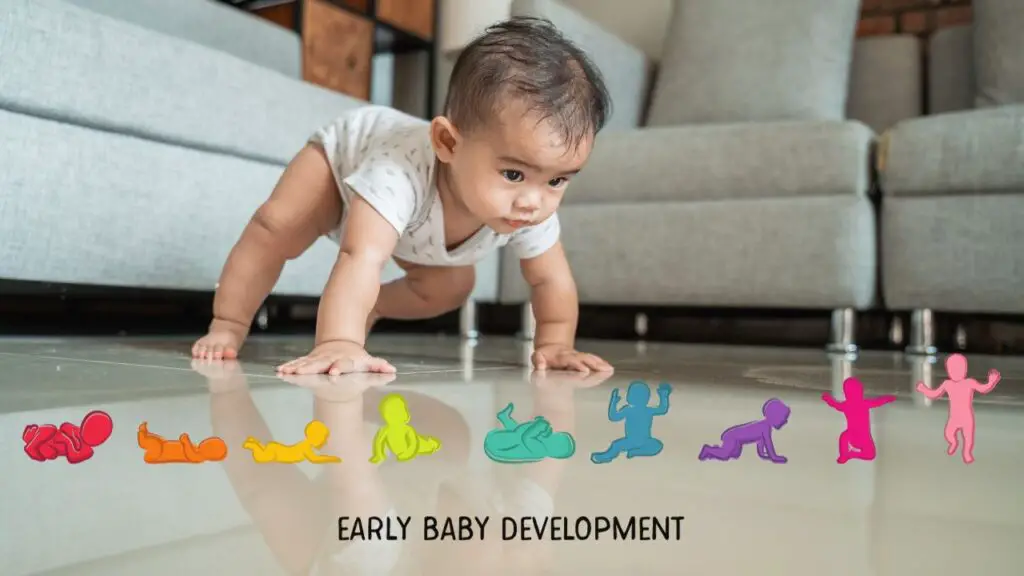When it comes to creating a safe sleeping environment for a newborn, parents often consider two popular options: a crib and a bassinet. Both of these baby sleeping options have their pros and cons and offer distinct advantages, depending on the family’s needs and preferences. In this article, we will explore the difference between a crib and a bassinet, so you can make an informed decision when it comes to choosing the right option for your baby.
What is a crib?
A crib is a baby bed that is designed for infants and toddlers up to two years of age. A typical crib has four sides, with one side that can be lowered or removed to facilitate easy access to the baby. Most cribs come with adjustable mattress heights. Which can be raised to keep younger babies from climbing out and lowered as the baby grows and becomes more mobile. Cribs are often made of wood or metal and come in various sizes and styles to suit different tastes and room sizes.
Advantages of a crib
Cribs offer several benefits for families, including:
- Safety: Cribs are designed to meet safety standards and regulations. And provide a secure and stable sleeping environment for your baby.
- Longevity: Cribs can be used for up to two years. Making them a practical investment for families with growing children.
- Comfort: Cribs come with adjustable mattress heights. Allowing parents to customize the bed’s height to suit their baby’s age and developmental stage.
- Flexibility: Cribs can be easily moved from one room to another. Making it convenient for parents to keep a watchful eye on their baby.
What is a bassinet?
A bassinet is a small and portable baby bed that is designed for newborns up to four months of age. It is usually made of wicker, wood, or metal. And comes with a padded mattress and a hood or canopy. The bassinet’s smaller size and portable nature Make it a popular choice for parents who want to keep their baby close during the early months of their lives.
Advantages of a bassinet
Bassinets offer several benefits for families, including:
- Portability: Bassinets are lightweight and compact. Making it easy to move from room to room or take with you when traveling.
- Proximity: Bassinets allow parents to keep their babies close to them during the night. Making it easier to check on the baby and provide comfort during feedings.
- Cozy: The smaller size of the bassinet creates a snug and cozy sleeping environment. That can help soothe and comfort the baby.
- Affordability: Bassinets are often more affordable than cribs. Making them an excellent choice for families on a tight budget.
Differences between a crib and a bassinet
- Age limit: Cribs can be used for up to two years. While bassinets are typically used for up to four months, or until the baby starts rolling over or pushing up on their hands and knees,
- Size: Cribs are larger and take up more space than bassinets. Which are designed to be more compact and portable.
- Safety: Cribs are designed to meet strict safety regulations and provide a secure sleeping environment for babies. While bassinets may not have the same level of safety features,
- Portability: While cribs can be moved from room to room, they are not as portable as bassinets. Which can be easily carried or wheeled from one location to another.
Choosing between a crib and a bassinet
Ultimately, the decision to use a crib or a bassinet depends on your family’s needs and preferences. If you are looking for a long-term investment and want a bed that can be used for up to two years, A crib may be the better choice. If you want a more portable option that can be moved from room to room or taken with you on the go, A bassinet may be a better fit. It is important to consider safety, size, and convenience when making your decision.
Keep in mind that many parents choose to use both a crib and a bassinet. Using a bassinet during the early months, when the baby needs to be kept close, Transitioning to a crib as the baby grows and becomes more mobile.
No matter which option you choose, it is essential to follow safety guidelines and recommendations for safe sleeping practices to ensure your baby’s safety and well-being. This includes placing your baby on their back to sleep and avoiding soft bedding and loose objects in the sleeping area. And ensuring that the sleeping surface is firm and flat.
Conclusion
Both cribs and bassinets have advantages and disadvantages. The decision to use one or the other ultimately depends on your family’s needs and preferences. By considering safety, size, and convenience, you can make an informed decision that will provide your baby with a safe and comfortable sleeping environment.


